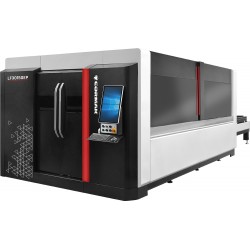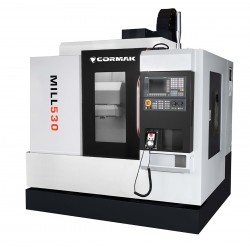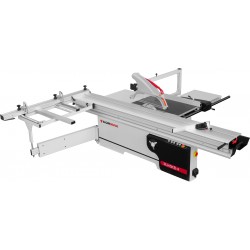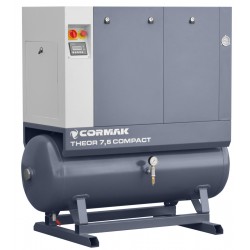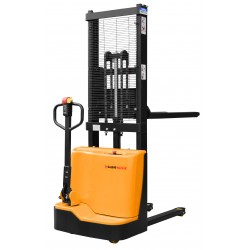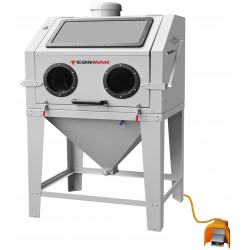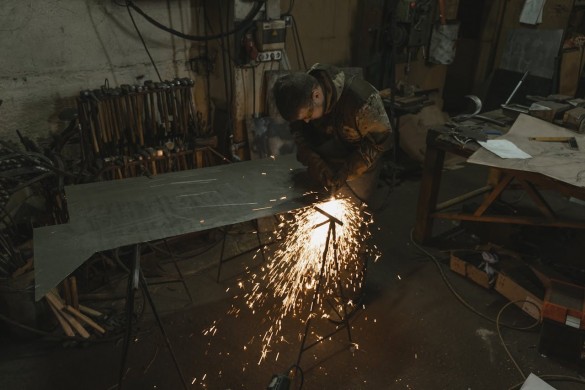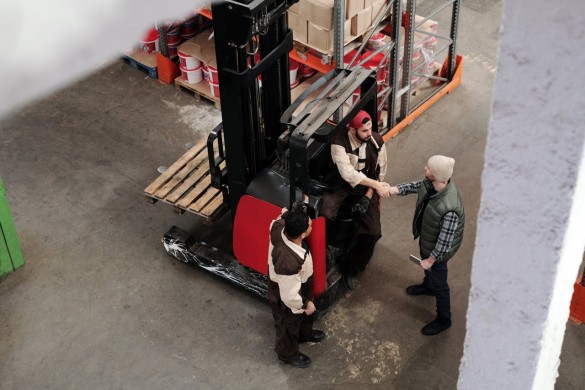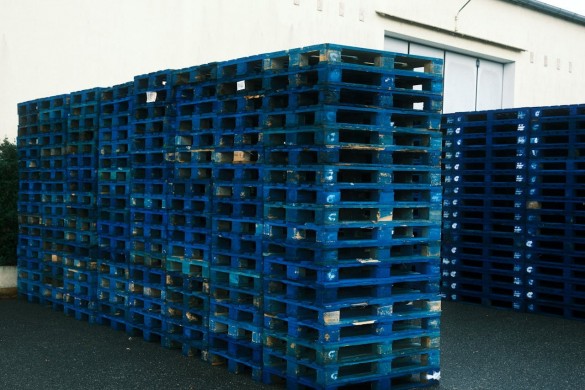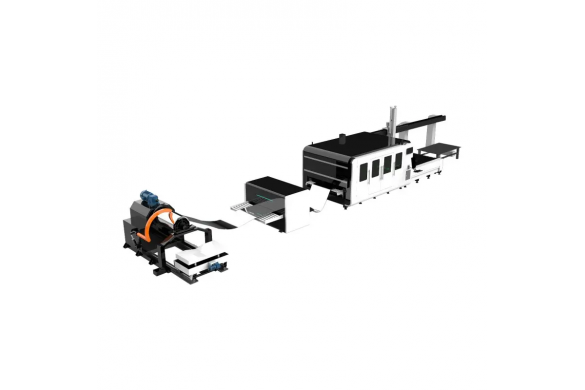What should you know about sawdust cyclones?

What is a Dust Cyclone?
A dust cyclone is a device designed to effectively remove debris generated during woodworking processes. Sawdust, chips, and dust are byproducts of cutting, milling, or sanding that can lead to machine damage, health problems for workers, and reduced air quality in workshops. The cyclone separates solid particles from the air, protecting equipment and improving workplace comfort. Thanks to vacuum technology, modern cyclones can handle both dry and wet materials.
Structure of a Dust Cyclone
What exactly makes up a dust cyclone? Its construction is based on a design that enables the separation of solid particles through air spinning. Its key components include:
- Inlet chamber: This is where air mixed with sawdust enters the device. Its design ensures proper airflow arrangement, initiating the separation process.
- Conical body: The core stage of particle separation occurs here. The cone shape intensifies the swirling motion, effectively separating dust particles.
- Exhaust outlet for purified air: This element directs filtered air out of the system.
- Dust and chip collection bin: A container where the separated waste is stored.
The design of a dust cyclone ensures maximum separation efficiency while maintaining device durability.
How Does a Dust Cyclone Work?
To better understand how a dust cyclone functions, it’s helpful to examine the process inside the device. Air contaminated with sawdust and dust enters the inlet chamber, where it is set into a swirling motion. Centrifugal force pushes heavier particles toward the walls of the conical body, from where they fall into the lower collection bin. The purified air is drawn upward and exits through the exhaust outlet.
With the use of high-vacuum centrifugal fans, the separation process is fast and efficient. Cyclones effectively capture particles larger than 5 µm, making them ideal for woodworking facilities. When combined with devices such as dust extractors, they significantly enhance the performance of dust collection systems.
Why Invest in a Workshop Dust Collection System?
An effective dust collection system is an investment with multiple technical and economic benefits. First and foremost, dust extractors protect employee health. Inhaling fine dust particles over time can lead to severe respiratory diseases, increasing employee absences. A dust collection system prevents such issues, improving productivity.
Dust collection also extends the lifespan of woodworking machines, tools, and accessories by preventing dust and chips from accumulating in critical mechanical components. This saves costs on maintenance and replacement parts. Additionally, devices like dust cyclones improve workplace organization by eliminating the problem of lingering sawdust.
Another advantage is protecting the quality of the final product—precise woodworking requires a clean environment free from airborne dust particles that can settle on workpieces.
Conclusion
A dust cyclone is an essential device for modern woodworking workshops. With a well-thought-out design and effective operation, cyclones form the backbone of dust collection systems. Their construction enables the separation of solid particles, protecting woodworking machines and improving air quality. When combined with devices like dust extractors, they provide a comprehensive solution for workshops of any size.
CORMAK, an experienced manufacturer of industrial machinery, offers modern cyclone dust extractors tailored to the needs of facilities of various sizes. These products are made from robust materials and feature precise craftsmanship. Equipped with high-vacuum centrifugal fans, they deliver exceptional performance. We encourage you to explore our full product range, and if you have any questions, our specialists are happy to assist in selecting the right solution.

